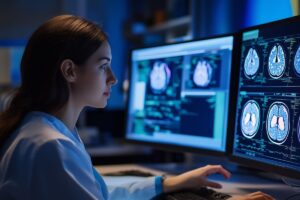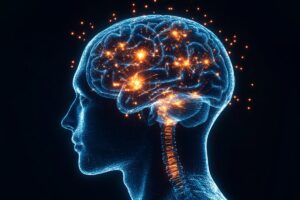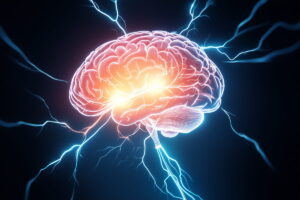

View Topics

It is typical for people to get sick from time to time. Maintaining good health is essential to our well-being. Often, some diseases or conditions related to the nervous system cause pain. Usually, this pain is called neuropathic; it is considered a chronic pain condition. This condition can significantly impact one’s quality of life and…

Epilepsy is a disease of the nervous system characterized by recurrent seizures. It has long been a challenging condition to control. However, the advent of technologies has brought a new era of hope and innovation for people living with this problem. Digital tools and wearable devices are changing the way epilepsy is: Controlled Evaluated Treated…

Any trauma can affect a person’s everyday life. It can cause great harm and requires professional treatment. Quite often, many people can be diagnosed with post-traumatic stress disorder. It develops following traumatic events that have become very unpleasant in a person’s life. Often, these events are associated with various injuries, accidents, hostilities, or natural disasters….

A full 8-hour sleep is the key to mental and physical health. Sometimes, people can’t get a full night’s rest. This happens because of the various problems. These may be diseases or psychological disorders. Regular stress also negatively affects the quality of sleep. This problem needs to be resolved urgently by contacting a healthcare provider….

The nervous system (NS) is very fragile and vulnerable. It is essential in the functioning of all body systems. The nervous system often suffers due to stress. Stressful situations may happen everywhere. Stress may be periodic or chronic. Many doctors even believe that all diseases arise from it. But there are many ways to deal…

Our brains are the command centers of our being. They are responsible for everything from memory and movement to mood and decision-making. Yet, these vital organs are susceptible to damage from a surprising source: toxins. Exposure to toxins in our environment, from air and water pollution to certain household products, can have a profound impact…

A person is created to live and enjoy moments. When difficult times arise, you need the strength to overcome them. People are often born with disabilities, not acquired, and it is essential to think about your condition. Despite general and health problems, you can live life to the fullest and enjoy the moment. Life with…

The human body is complex and requires constant maintenance and monitoring. Proper medical care helps maintain health and overall well-being. Neurological health is crucial for a person’s well-being. Hormones are an integral part of everyone’s body. They have an impact on the general condition and brain function, and they also influence the regulation of many…

Medical science continues to advance each year. It includes different areas that are responsible for different medical conditions. Neurology deserves special attention and review. It belongs to a particular branch of medicine that studies the neurological condition. Any neurological disorder can cause serious diseases that should be treated. It can start with various types of…

Your brain constantly sends chemical messages affecting your thoughts, feelings, and behavior. These messages rely on special molecules called neurotransmitters. When you experience neurotransmitter levels and stress, these chemical messengers can become severely disrupted. Think of your brain as a bustling city with millions of workers (neurons) sending messages through chemical highways. How stress affects…